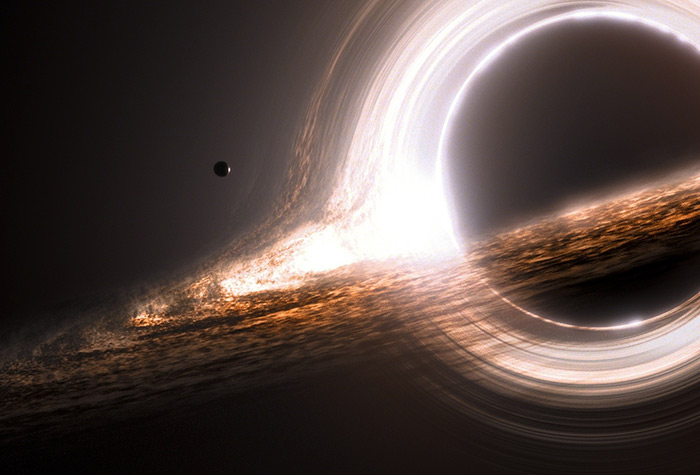

MEET SAGITTARIUS A*: SCIENTISTS SNAP FIRST PICTURE OF SUPERMASSIVE BLACK HOLE AT CENTER OF MILKY WAY "The idea of black holes sucking everything into them was definitely something I heard as a kid, and that's just wrong," Gorjian said. If you need to know one thing about black holes, Gorjian said, it's that "black holes don't suck." This vast blackness contains all the matter of the black hole. The black hole name comes from the area just beneath the surface known as the event horizon, where nothing can escape – even light.

(Image: NASA JPL/Caltech)Ī black hole is a huge amount of mass in a very tiny volume. The black holes were detected by NASA's Nuclear Spectroscopic Array, or NuSTAR, which spotted 32 such black holes in this field and has observed hundreds across the whole sky. Outside a black hole, however, everything is just dandy.The blue dots in this field of galaxies, known as the COSMOS field, show galaxies that contain supermassive black holes emitting high-energy X-rays. A particular black hole will have a certain mass (anywhere from a few times the mass of the sun for the smaller ones in the galaxy up to billions of times heavier for the true monsters roaming the cosmos), and orbiting the black hole is just like orbiting anything else of identical mass. Gravity is just gravity, and orbits are orbits. Indeed, lots of stuff in the universe finds itself orbiting around black holes. Once these foolhardy adventurers get caught in the black hole's gravitational embrace, they begin the journey toward the end.

As material falls toward the black hole, it tends to get squeezed into a razor-thin band known as an accretion disk. That disk spins and spins, with heat, friction, and magnetic and electric forces energizing it, causing the material to glow brightly. In the case of the most massive black holes, the accretion disks around them glow so intensely that they get a new name: active galactic nuclei (AGN), capable of outshining millions of individual galaxies. In the accretion disk, individual bits of material rub up against other bits, draining them of rotational energy and driving them ever-inward to the gaping maw of the black hole's event horizon.

But still, if it weren't for those frictional forces, the material would be able to orbit around the black hole in perpetuity, the same way that the planets can orbit around the sun for billions of years.Īs you get closer to the black hole's center, though, you reach a certain point where all hopes of stability are dashed against the rocks of gravity. Just outside the black hole, but before reaching the event horizon, the gravitational forces are so extreme that stable orbits become impossible. Once you reach this region, you cannot remain in placid orbit. You have only two choices: if you have rockets or some other source of energy, you can propel yourself away to safety. But if you're a hapless chunk of gas, you're doomed to fall freely toward the waiting dark nightmare below. This boundary, the innermost stable circular orbit (or ISCO for the lovers of astronomical jargon), is a firm prediction of Einstein's general theory of relativity, the same theory that predicts the existence of black holes in the first place. Related: 8 ways you can see Einstein's Theory of Relativity in real lifeĭespite the success of general relativity in predicting and explaining phenomena across the universe, and our sure knowledge that black holes are real, we've never been able to verify the existence of the ISCO and whether it conforms to the predictions of general relativity.īut the gas that falls to its doom may provide a way for us to verify that existence.
A PERSON GETTING SUCKED INTO A BLACK HOLE HOW TO


 0 kommentar(er)
0 kommentar(er)
